Around the world, people are finding new ways to remove the barriers to fundamental rights. By blending tech solutions with the wisdom and knowledge of UNFPA’s network of partners, these innovations are changing lives, at scale. UNFPA is partnering with innovators to accelerate progress for women and girls. This collection of stories gives us a glimpse into some of the challenges and best ideas that are making an impact.
Date
Feature slide
Slide text
The Latin America and Caribbean region is home to the largest population of African descendants, with 134 million people identifying as people of African descent. The Youth Leadership School for young people of African descent in the Latin America and Caribbean region seeks to strengthen young people’s technical and entrepreneurial skills by empowering them through targeted skill training and encouraging entrepreneurship by building an enabling environment.
Photo credit
© UNFPA/Alvaro Serrano
Text orientation
Right
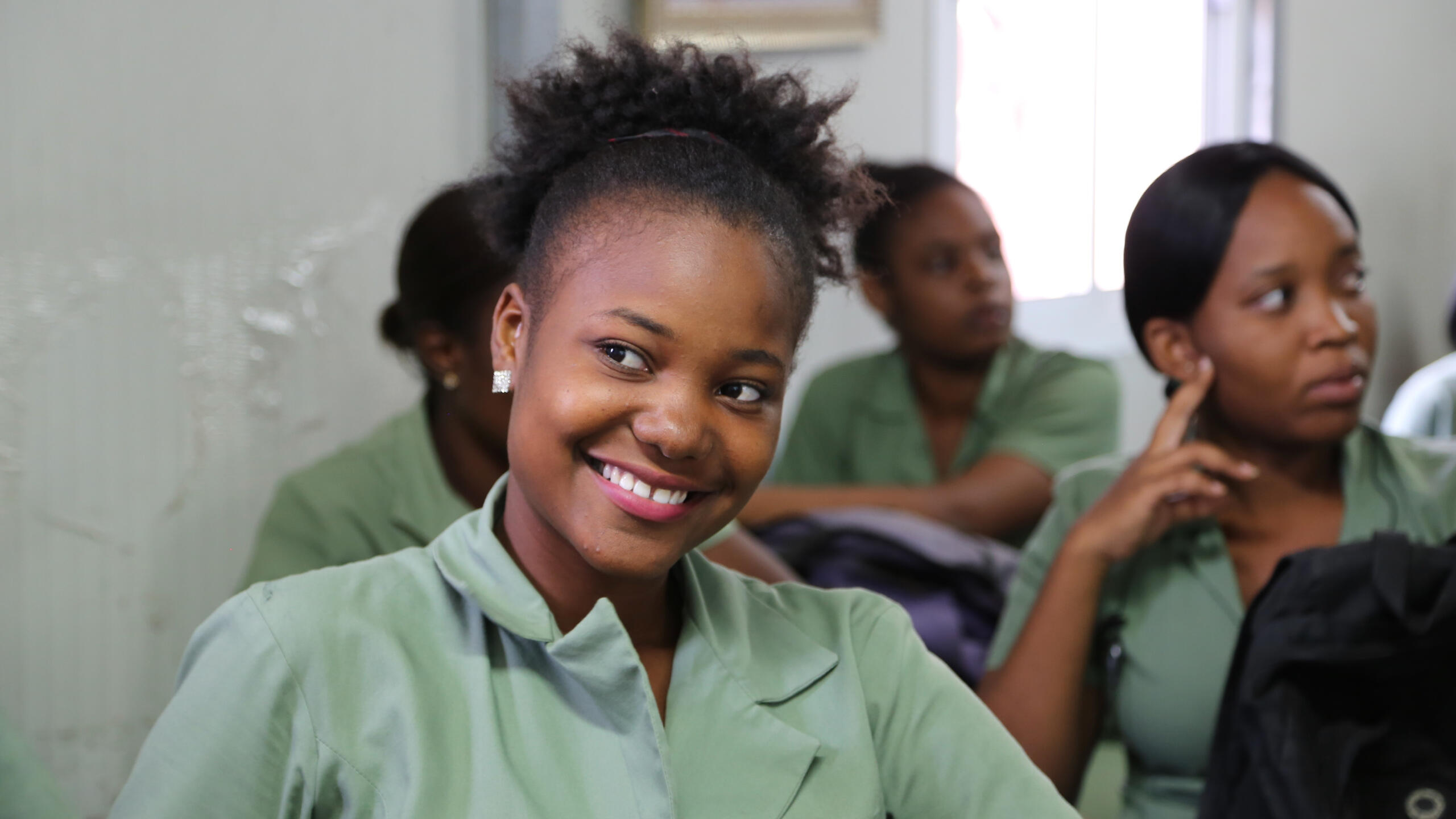
Feature link
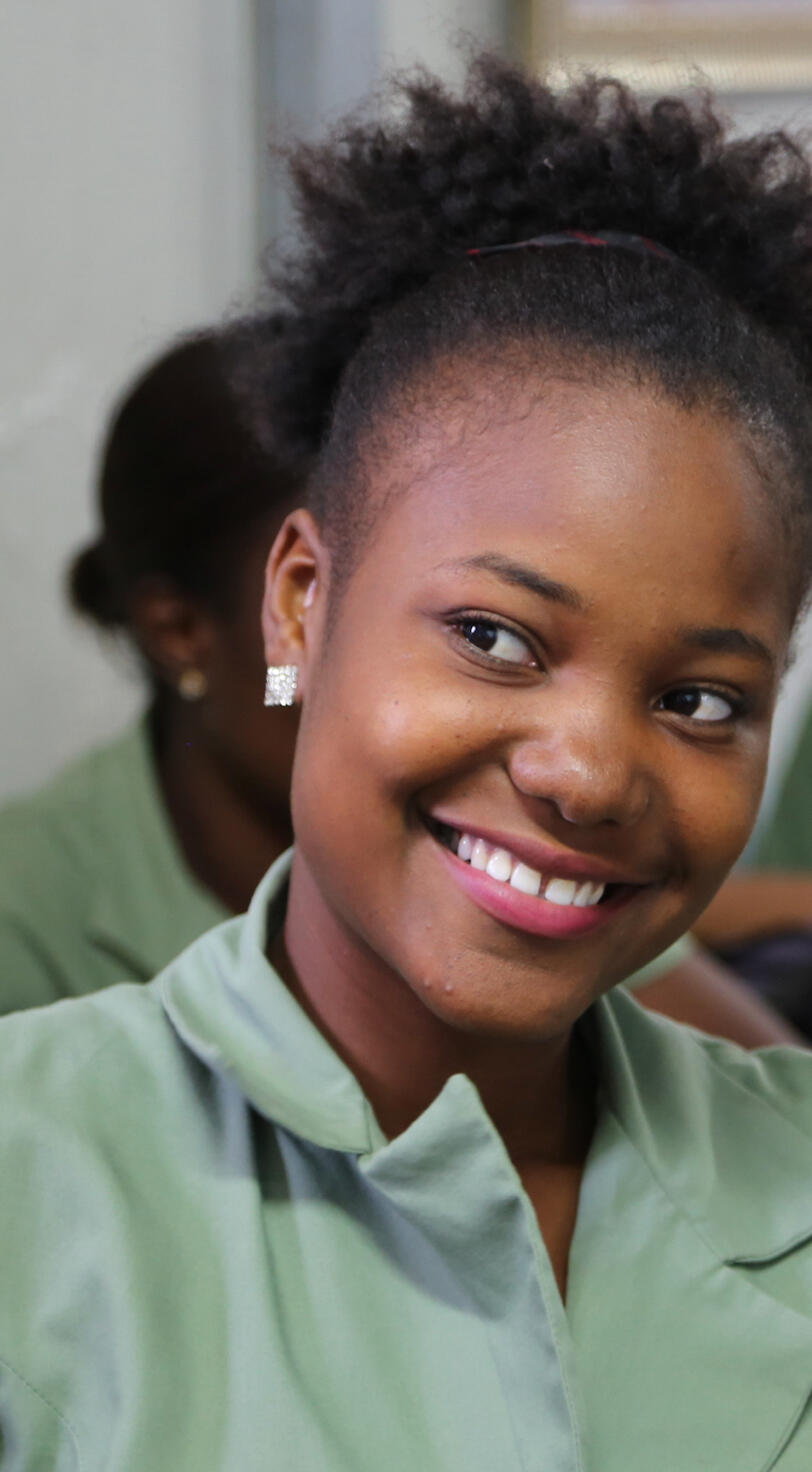
Slide text
Armendia /Iraq: Ms. Mariam Torosyan is a social entrepreneur from Yerevan in Armenia. She is the founder and CEO of the Impact Innovations Institute, which launched Safe YOU in 2020. The innovative, all-in-one platform helps women connect with a community that supports survivors of gender-based violence.
Photo credit
© SafeYou
Text orientation
Left
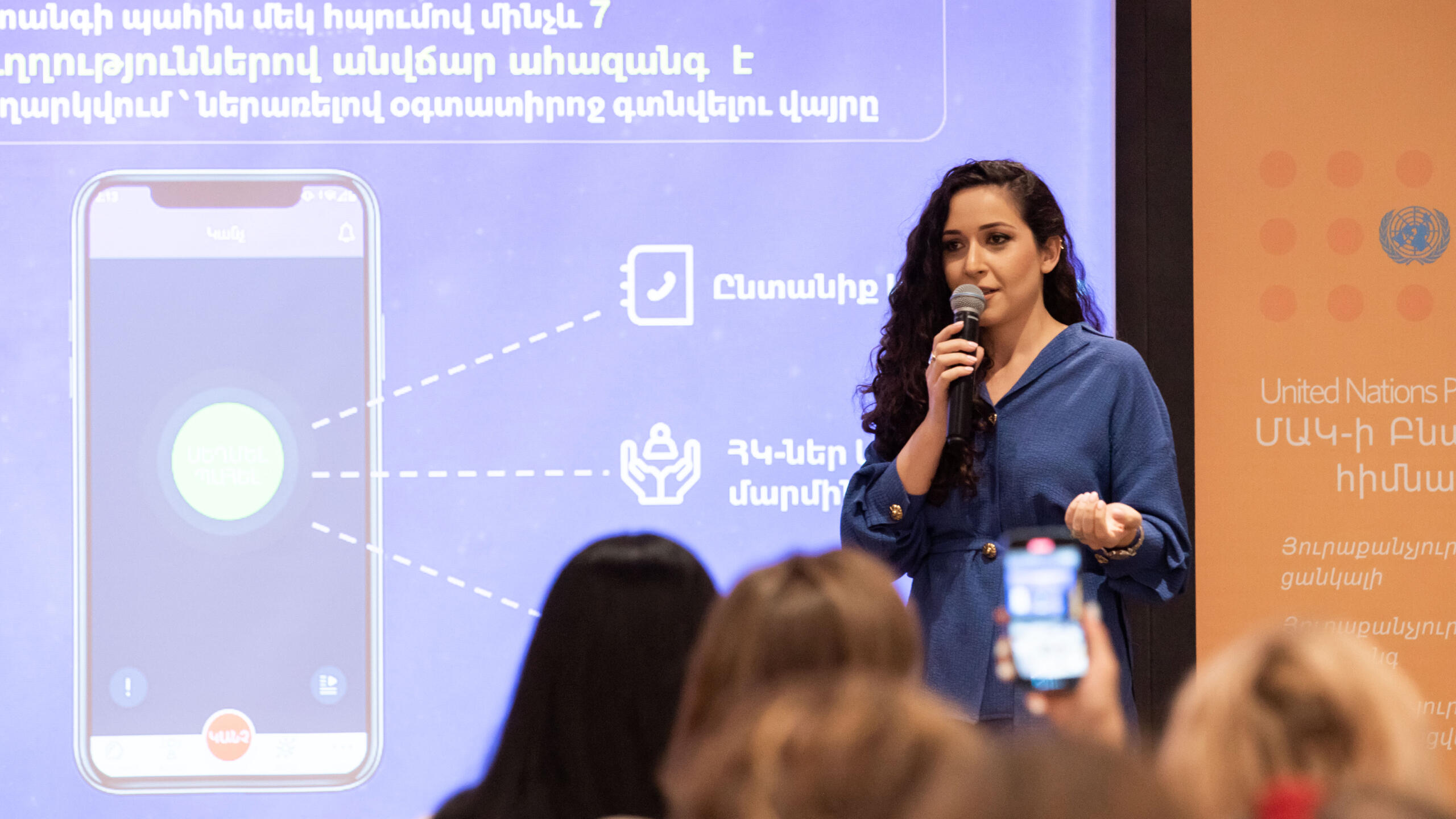
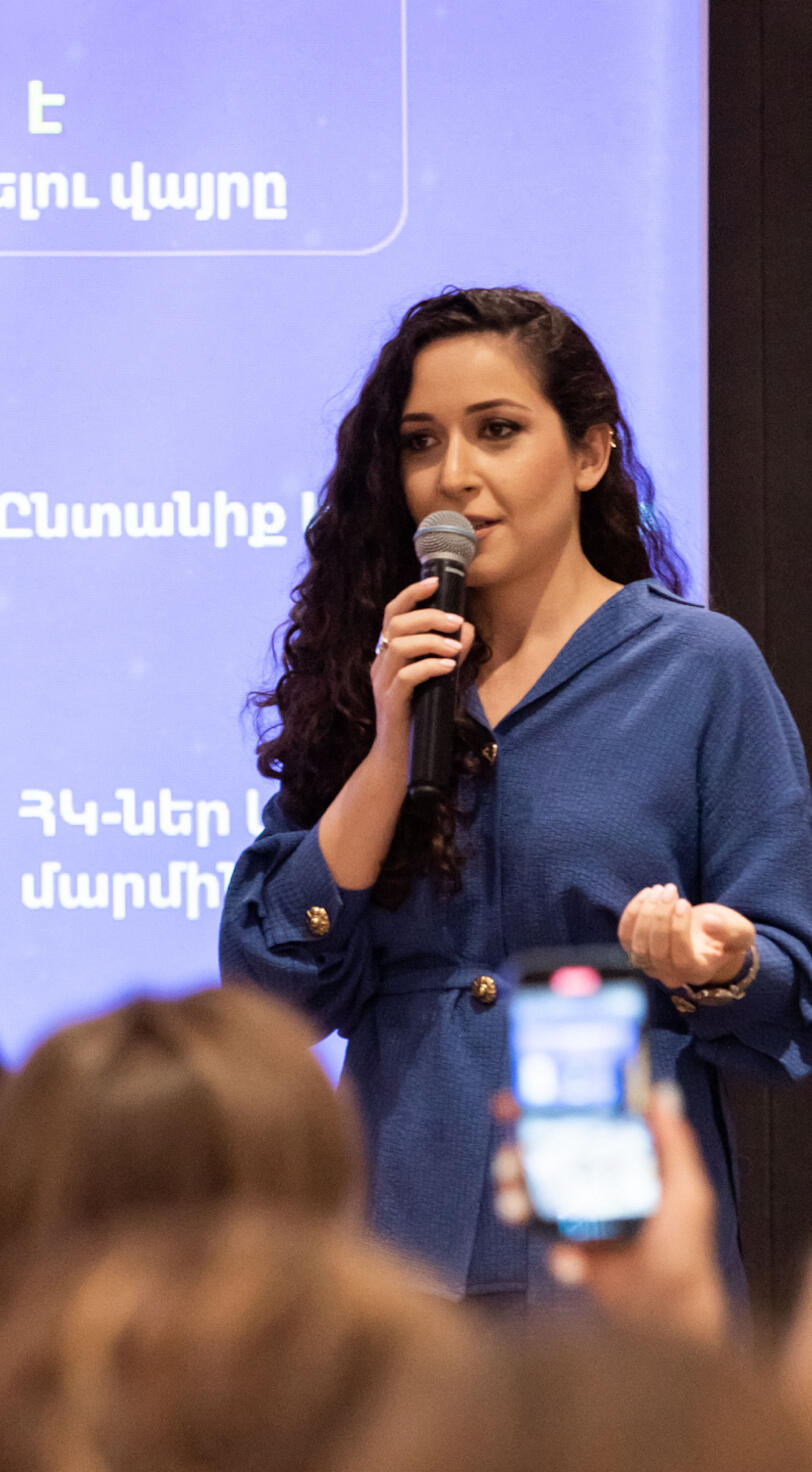
Slide text
“We are living in a world where we are empowered by technology.”
“It is the first time in human history that we have so many resources that we can use,” said Ms. Mariam Torosyan. She is one of the lead developers behind the Safe YOU app to prevent gender-based violence.
“It is the first time in human history that we have so many resources that we can use,” said Ms. Mariam Torosyan. She is one of the lead developers behind the Safe YOU app to prevent gender-based violence.
Photo credit
© SafeYou
Text orientation
Left
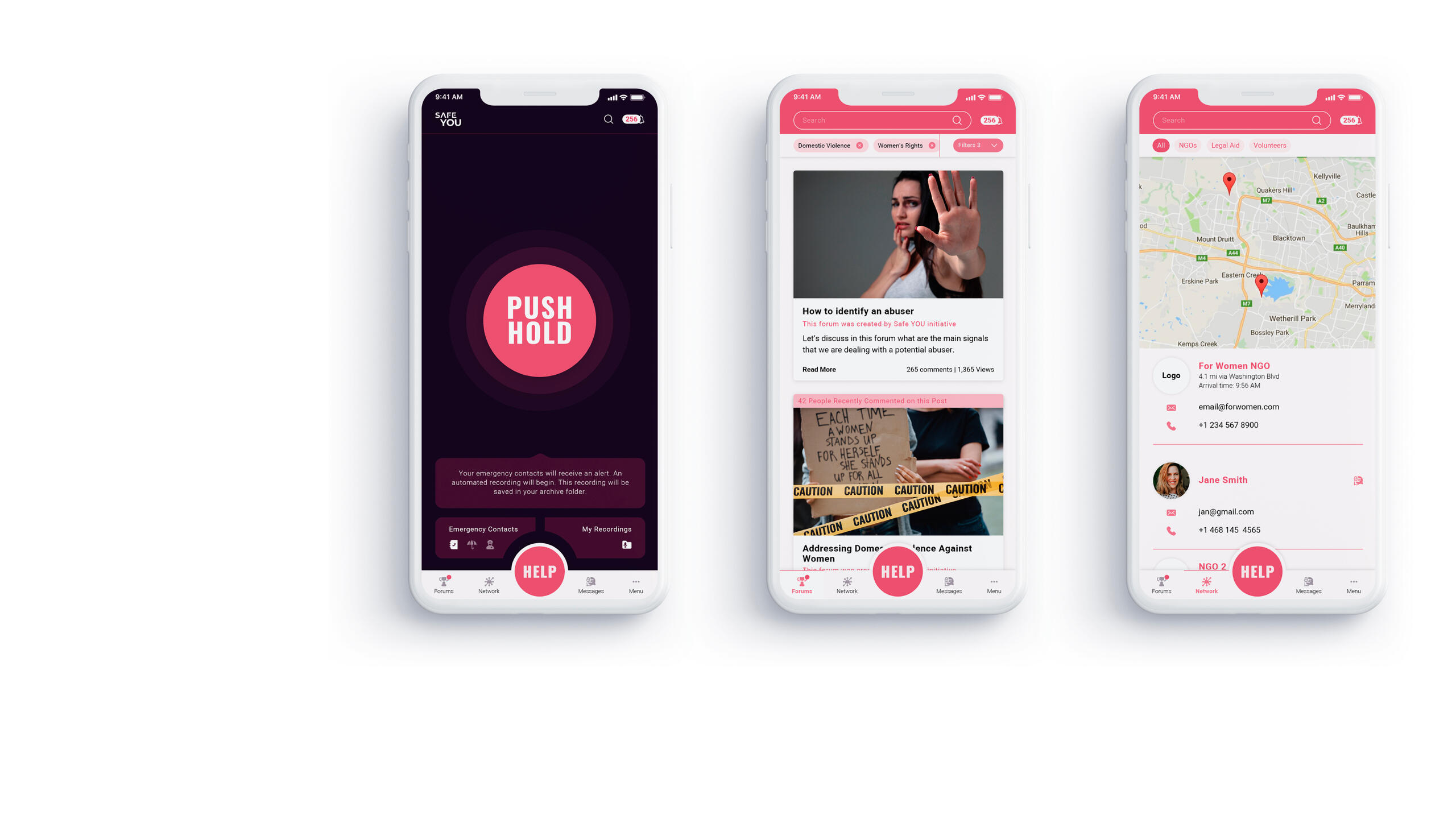

Slide text
Burkina Faso: iCivil (a digital Civil Registration and Vital Statistics platform where births are registered in real-time) began with a pilot project in ten maternity wards in the capital of Ouagadougou. The project trained midwives to use smartphones to register births directly into the national system. With the UNFPA support, a good idea has become a transformative intervention with the government leading the process. A collaboration was established that is already changing lives across the country and a team from UNFPA Burkina Faso worked with developers and government to deploy and adapt this innovative solution.
Photo credit
© SafeYou
Text orientation
Left
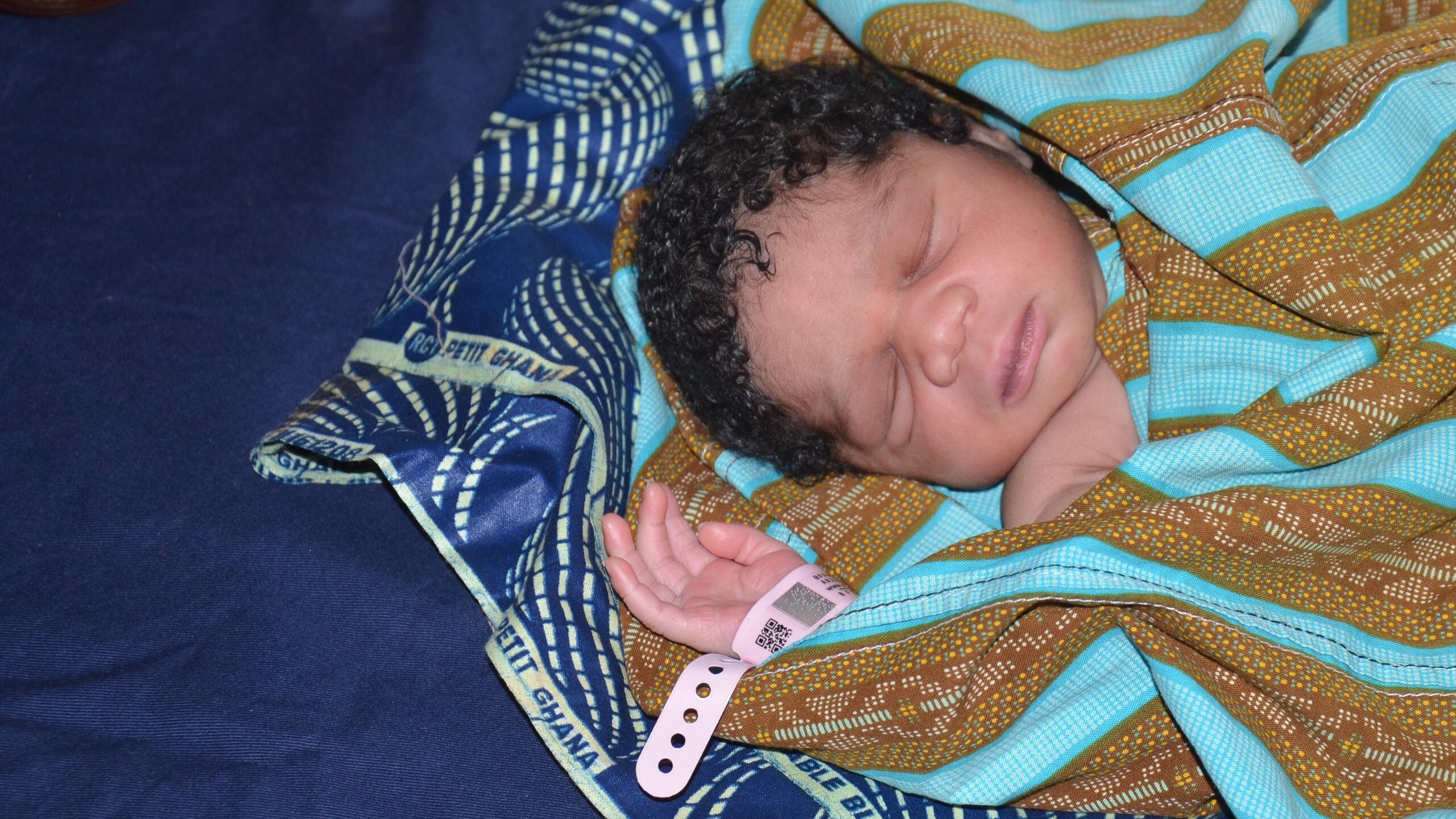
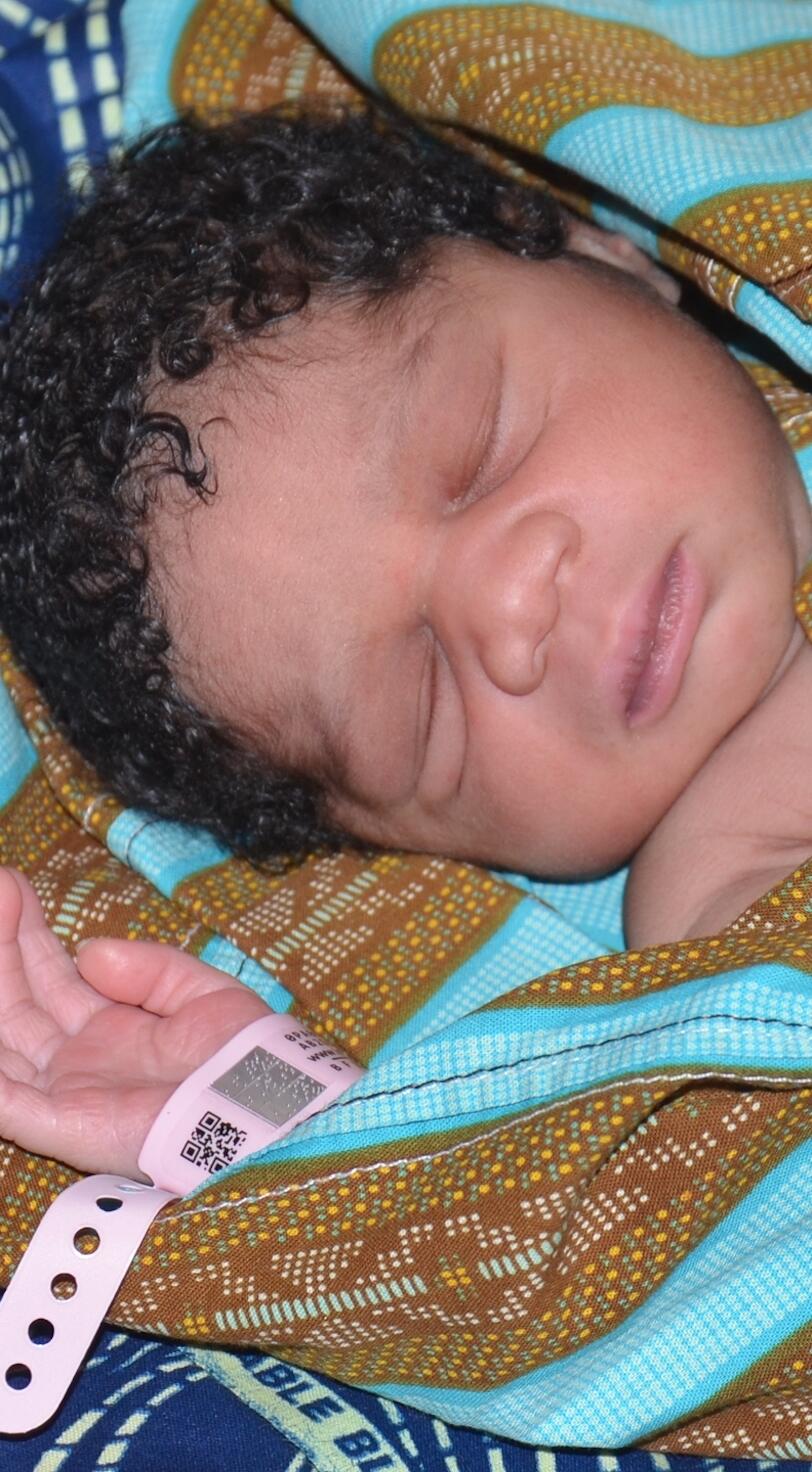
Slide text
Using smartphones and wristbands with unique identifiers, or “bubble codes”, iCivil allows health workers in Burkina Faso to create a digital record of a child within moments of birth. It creates a digital, medical file that tracks the child's health throughout their lives. This essential step taken by midwives promotes a child's access to a lifetime of public services, far beyond health care.
Photo credit
©UNFPA Burkina Faso
Text orientation
Right

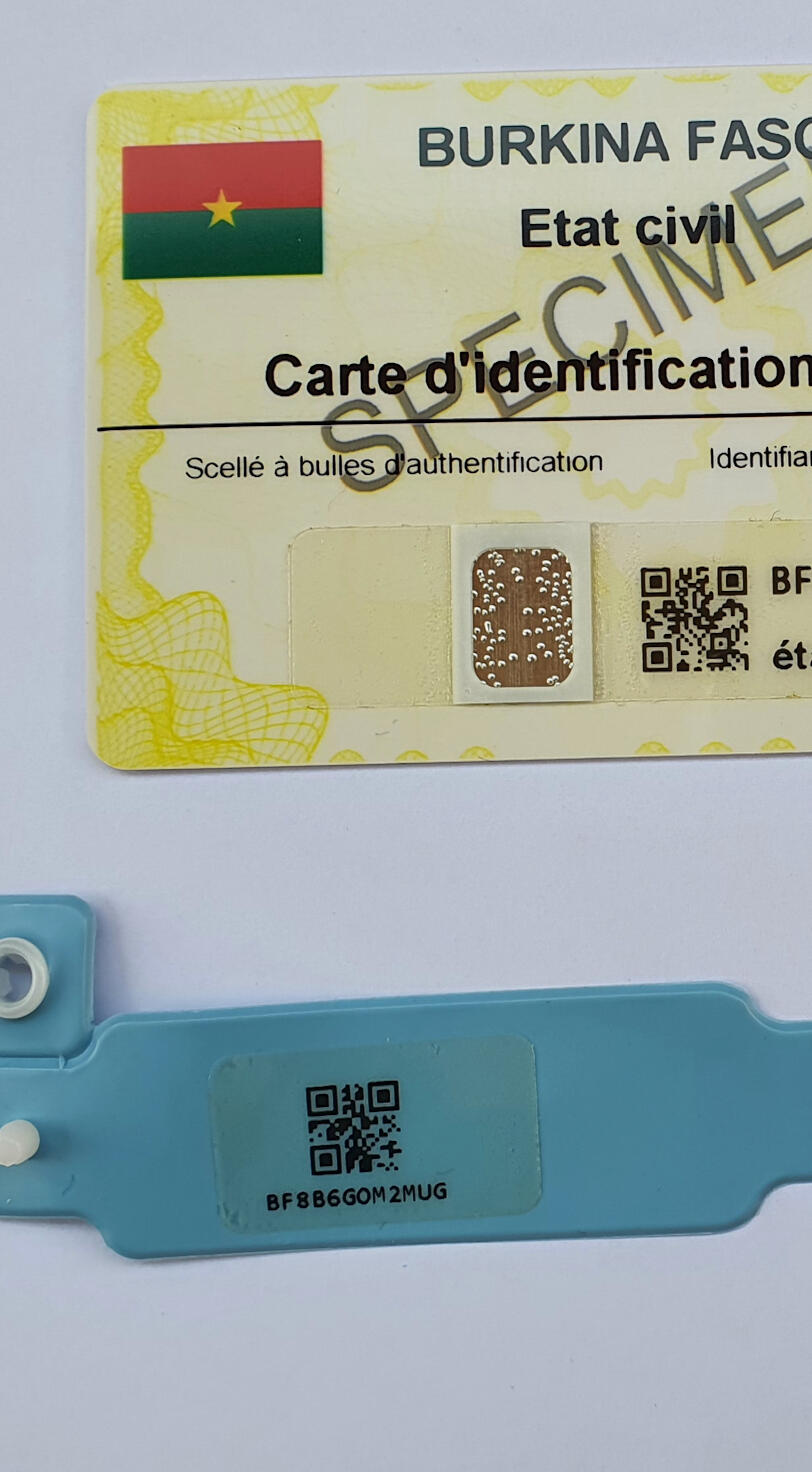
Slide text
UNFPA Innovation announces the launch of a toolkit that will help countries adapt digital solutions to meet the needs of women, adolescents and the most vulnerable. The platform builds on momentum from eight global projects that have helped deliver life-saving information and services with customized platforms from Nepal to Nicaragua.
Photo credit
© UNFPA
Text orientation
Left

Feature link
Sub Title
YouthCONNECT poised to accelerate UNFPA’s digital reach to achieve the transformative results
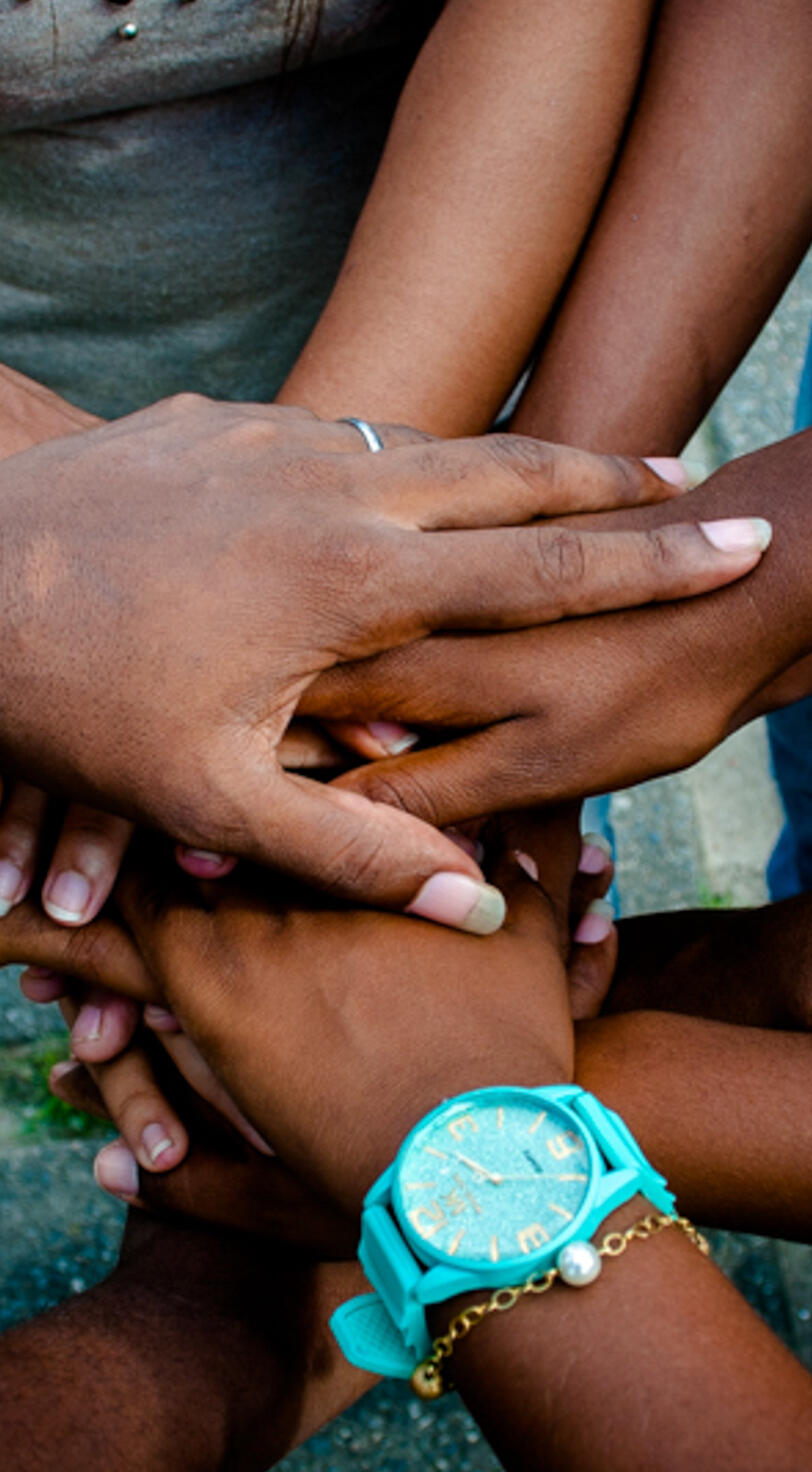
Slide text
The Geospatial Dashboard on Intimate Partner Violence is an open source platform that helps governments, researchers and service providers use data to better understand the connections between gender-based violence, poverty, education and SDG indicators related to UNFPA’s mandate. The platform uses disaggregated data on a sub-national level and illustrates key socio-demographic characteristics of violence.
Photo credit
© UNFPA Iraq/Sofia Nitti
Text orientation
Right
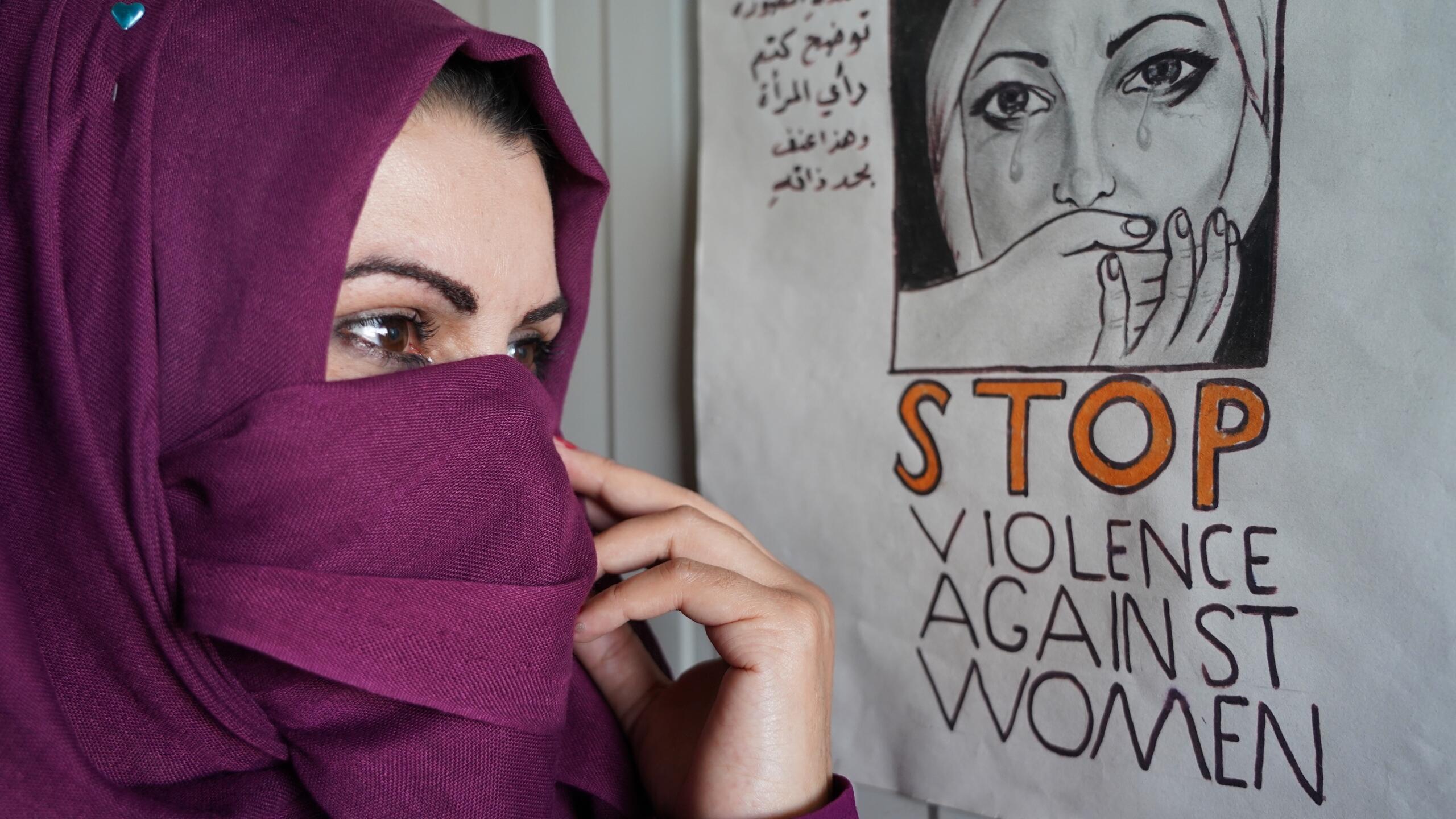
Feature link
Sub Title
Statistics and story: how data is shaping a clearer picture of intimate partner violence
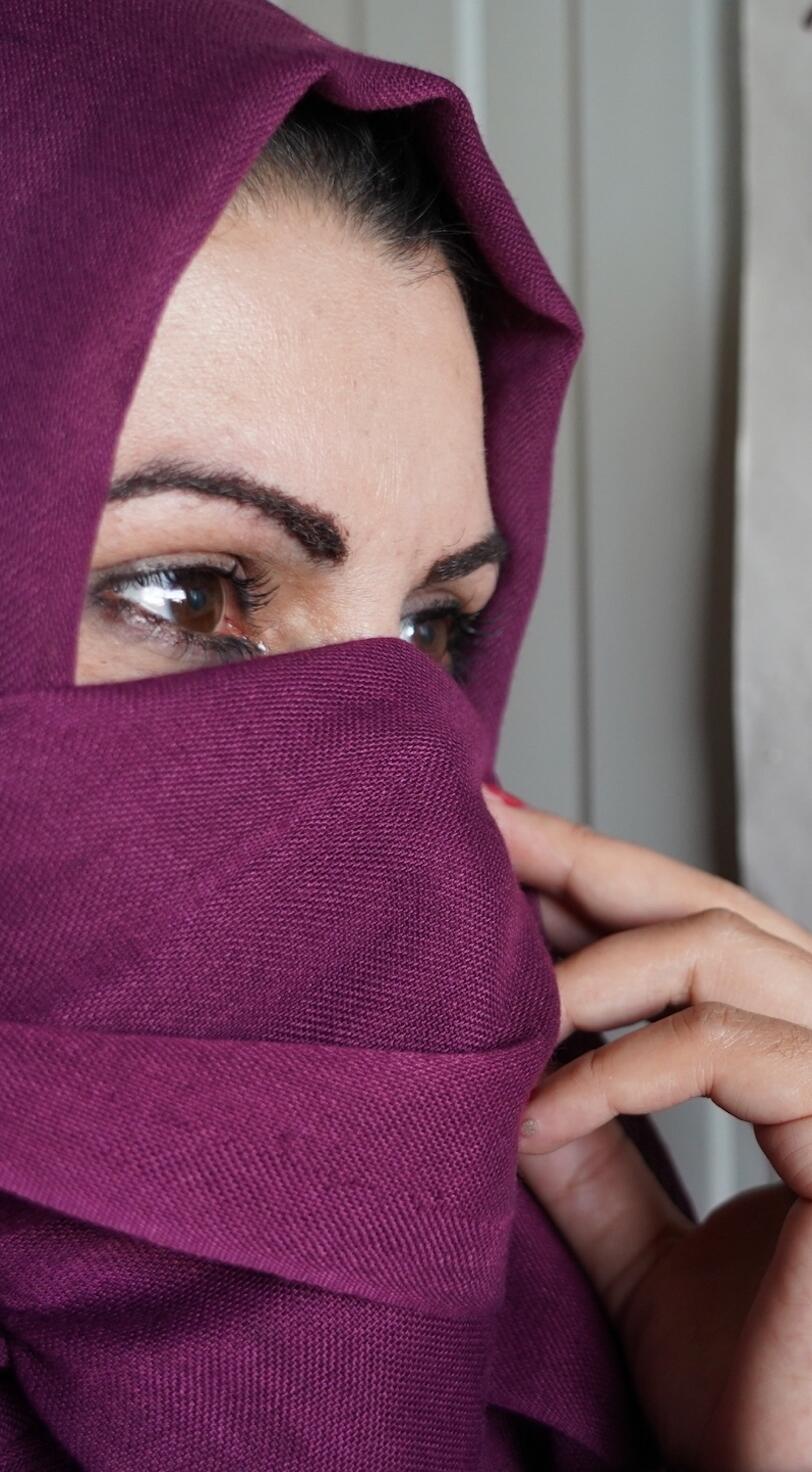
Slide text
The Geospatial Dashboard on Intimate Partner Violence is designed to allow for different types of users to be able to get the information they need. It is a tool for deepening the understanding of what the drivers of intimate partner violence are. It makes disaggregated data available, easy to access and easy to understand and the hope is that it can tell a story around what the problem is and how UNFPA and partners can address it.
Photo credit
© UNFPA
Text orientation
Right
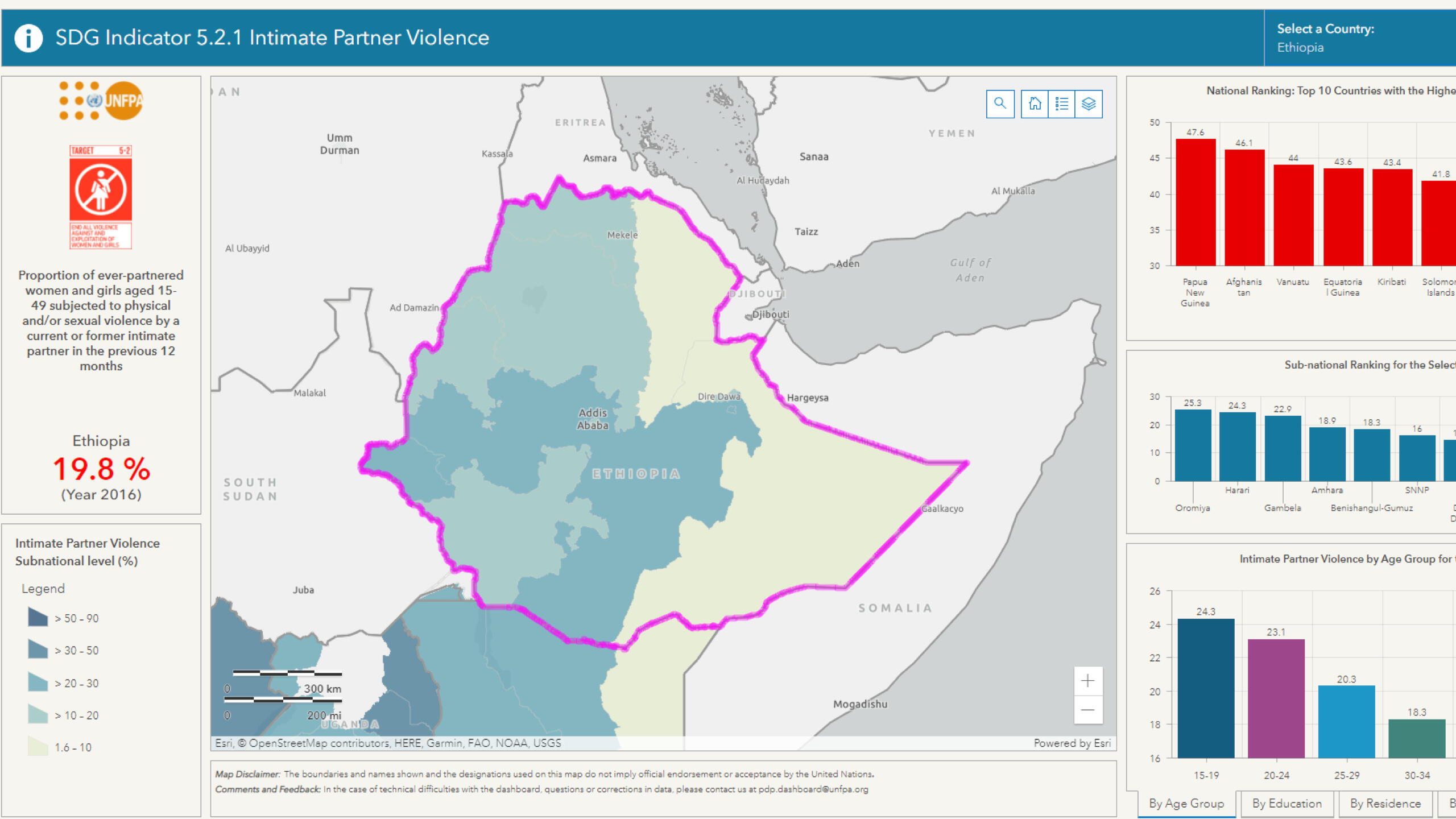
Feature link

Slide text
Rwanda: The Mobile Learning System is a user-friendly and portable, cost-effective training solution, adapted to rural and hard-to-reach areas relevant for both pre-and in service midwives.
Photo credit
© UNI356180/Habib Kanobana
Text orientation
Right

Feature link

Slide text
Registered midwife Clementine Uwumukiza is one of the trainees and a focal person at Murunda Hospital that uses the Mobile Learning System. “We had to wait for the Ministry of Health training in a distant health facility which could take longer and increase workload for health providers who have to remain on duty. This system facilitates our training and learning at no cost; we have enhanced our skills and knowledge and we are more ready to save the lives of mothers and newborns.“
Photo credit
© UNFPA Rwanda
Text orientation
Left

Feature link
Sub Title
“Before the mobile learning system, we had limited opportunities to train and refresh ourselves.”

Slide text
Nicaragua: UNFPA worked with Profamilia Nicaragua to develop the Appsistencia Materna smartphone app. The app provides care for pregnant women, family planning and comprehensive sexuality education, and added a teleconsultation component that allows virtual monitoring by doctors during the pregnancy and timely care to every patient. In November 2021, UNFPA Nicaragua’s Appsistencia Materna won the UNFPA Innovation for Impact Award for the Latin America region.
Photo credit
© UNFPA Nicaragua
Text orientation
Left
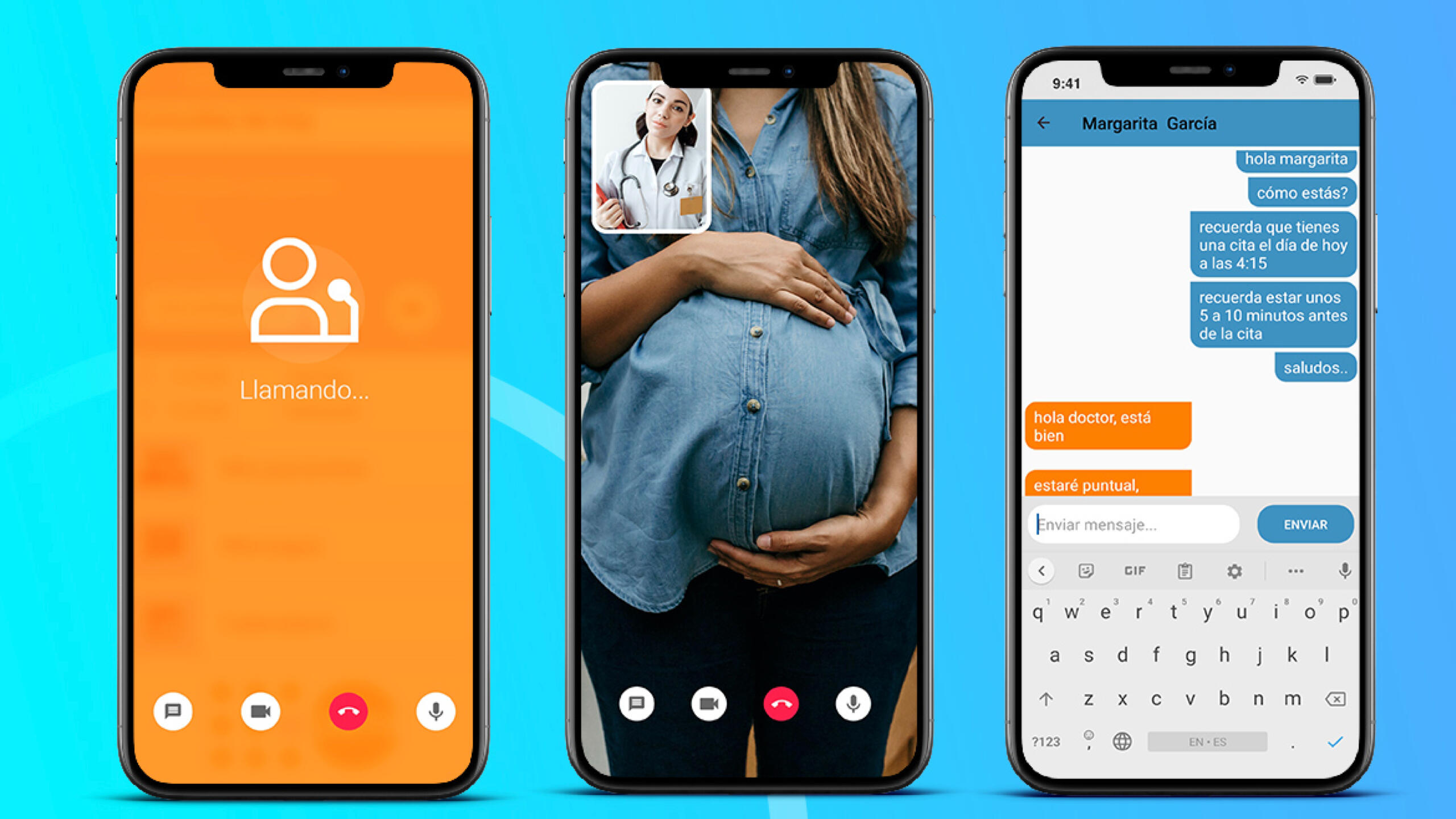

Slide text
Philippines: Social media has transformed the way young people in the Philippines talk about women’s health issues like contraception and sexual rights. Candid conversations about all kinds of issues are happening online. UNFPA Philippines developed a tool to take the pulse of what young people are concerned about so public health messages can connect with the women and girls who need them most.
Photo credit
© UNI358475/David Hogsholt
Text orientation
Left

Feature link
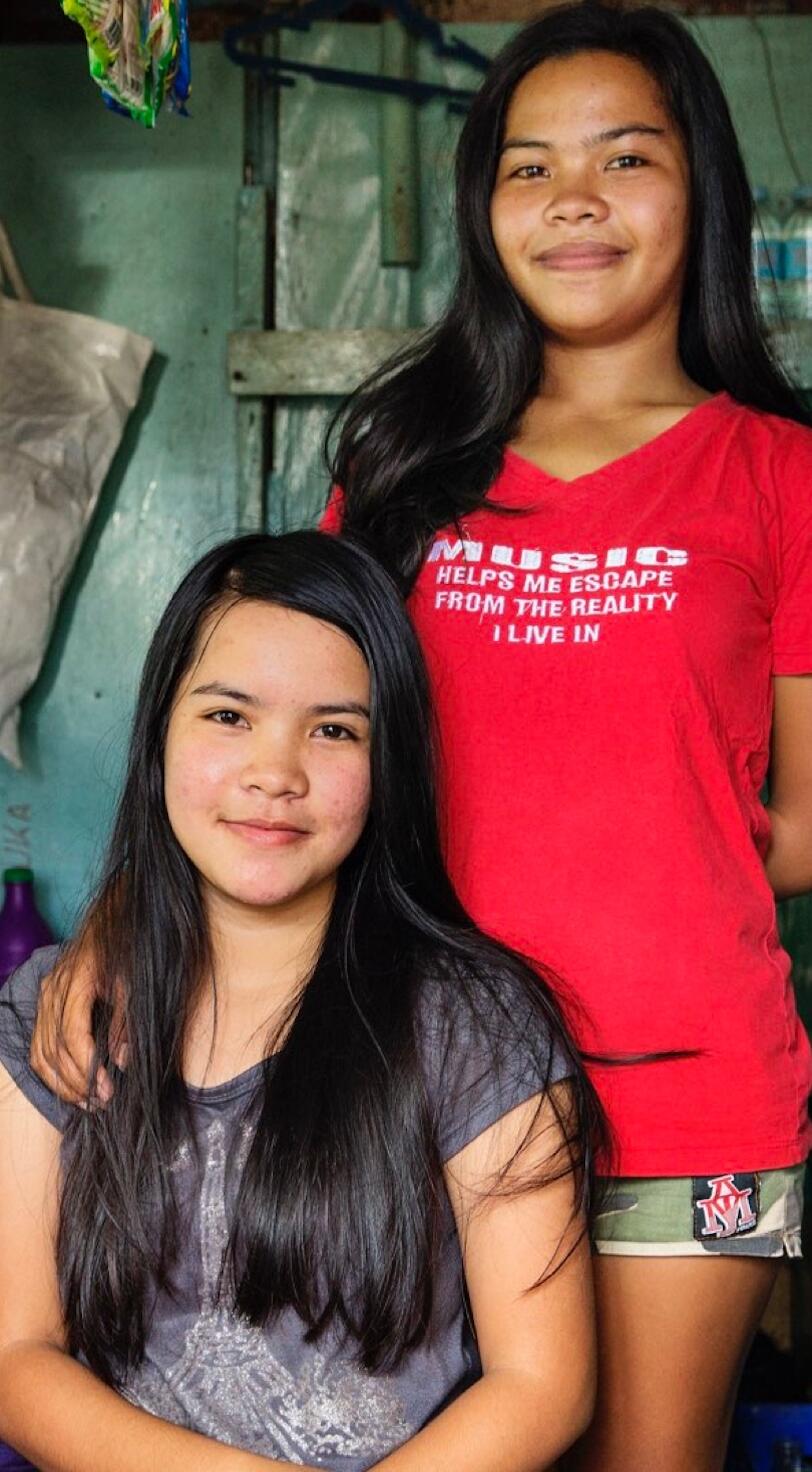
Slide text
The Safe Delivery App is a smartphone application that provides skilled birth attendants with direct and instant access to evidence-based and up-to-date clinical guidelines on Basic Emergency Obstetric and Neonatal Care.
Photo credit
© UNFPA Cambodia
Text orientation
Left
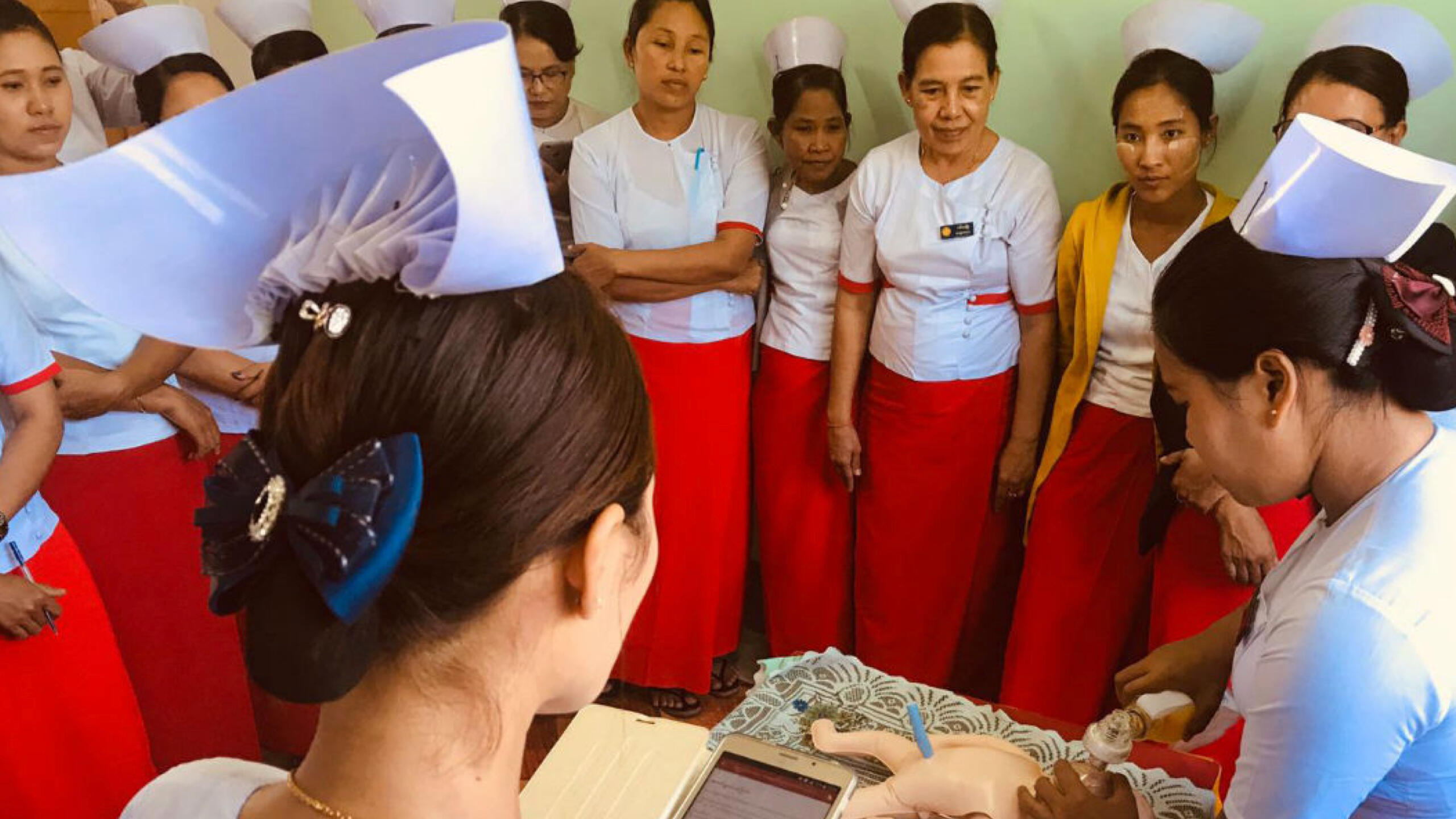
Feature link
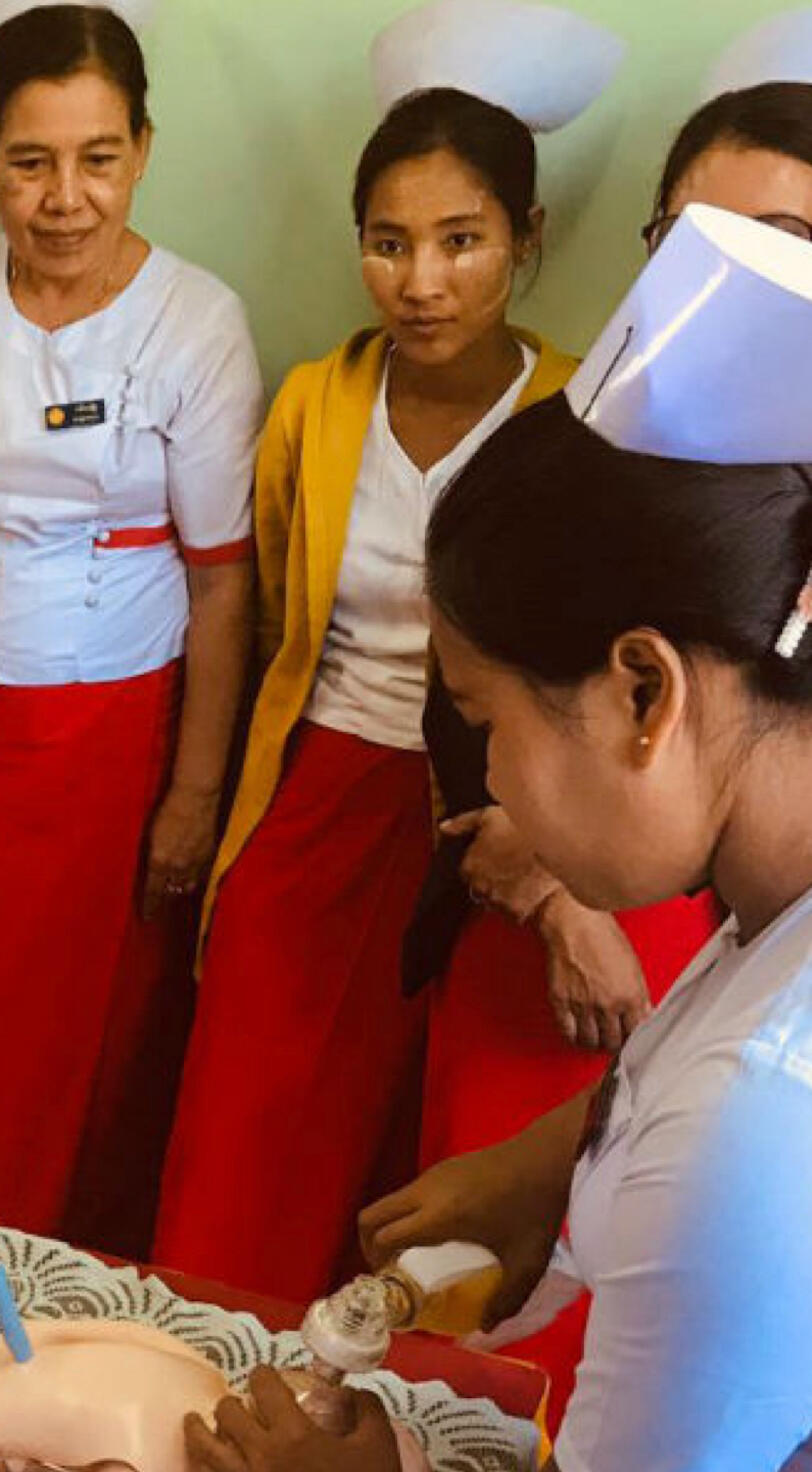
Slide text
North Macedonia: ACCESS-ABILITY is an innovation project that set out to develop materials to help young people with autism spectrum disorder access comprehensive sexuality education (CSE). Read more
Photo credit
© UNFPA North Macedonia
Text orientation
Left
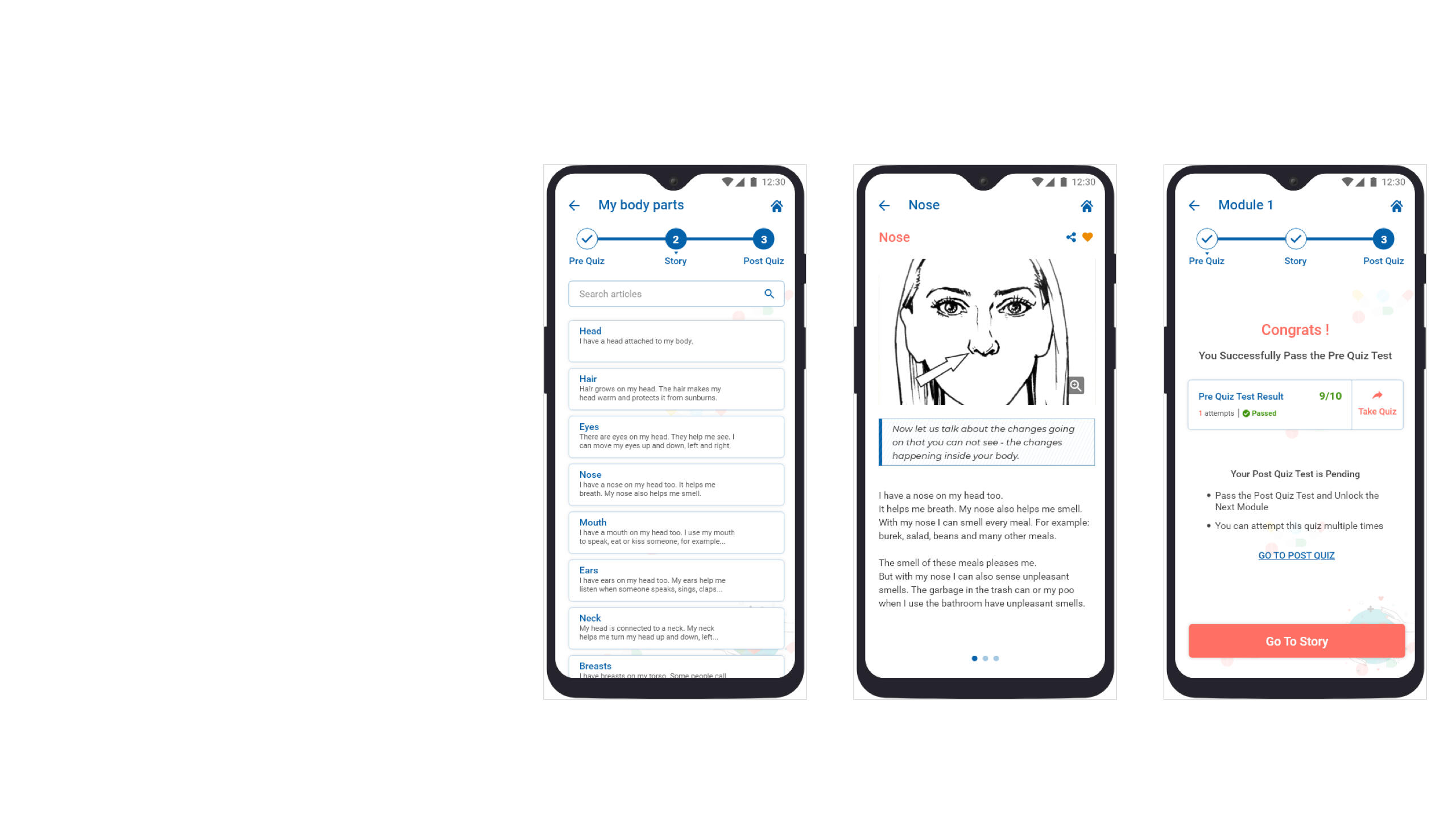
Sub Title
App to help young people with autism learn about their bodies
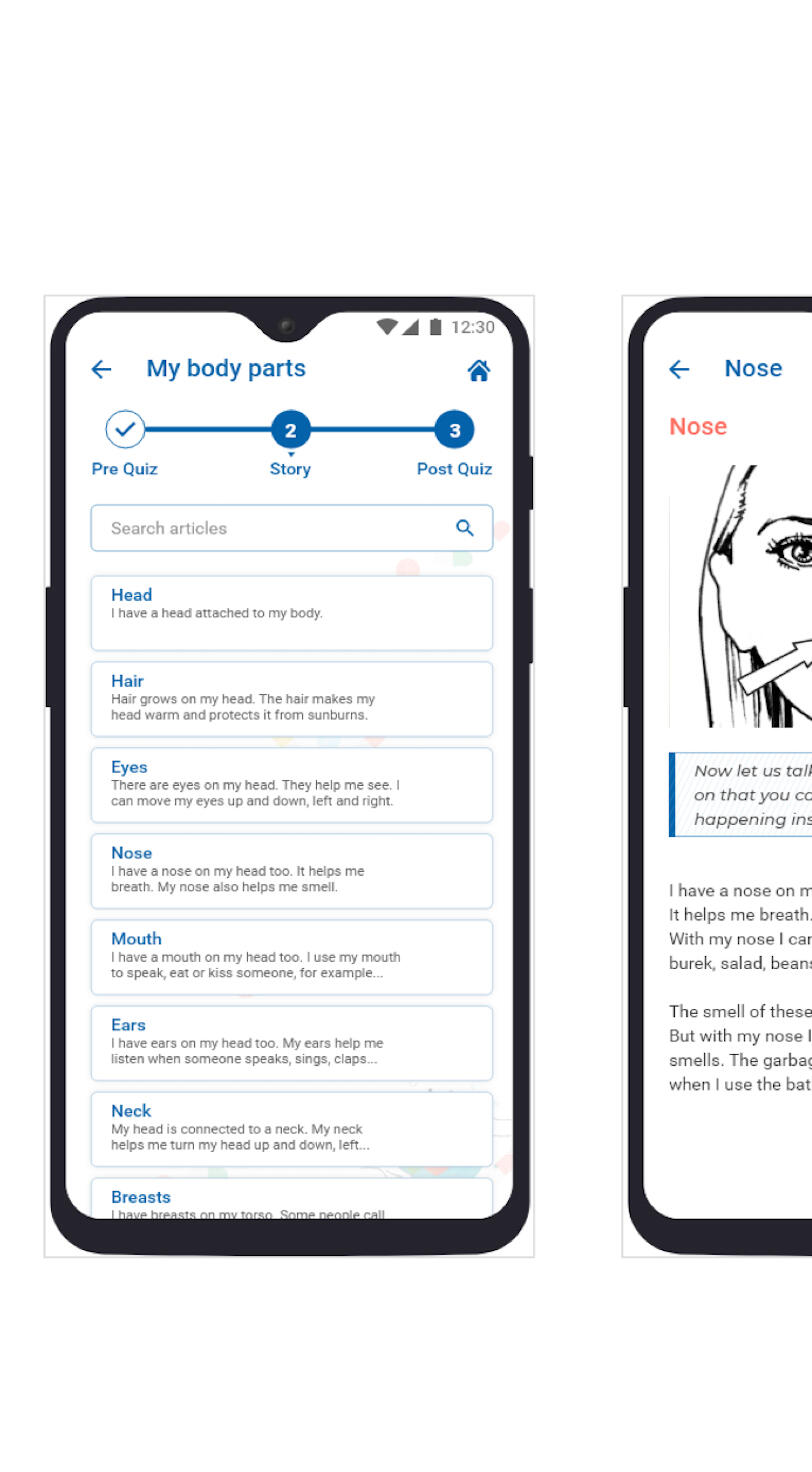
Slide text
Colombia: There is a growing alliance between midwives and traditional Chocó who carry ancestral knowledge transmitted from generation to generation to welcome new lives and care for women. Today they are working together as part of a social innovation called ‘Patera Vitale’, developed with UNFPA Colombia.
Photo credit
© UNFPA Colombia
Text orientation
Right
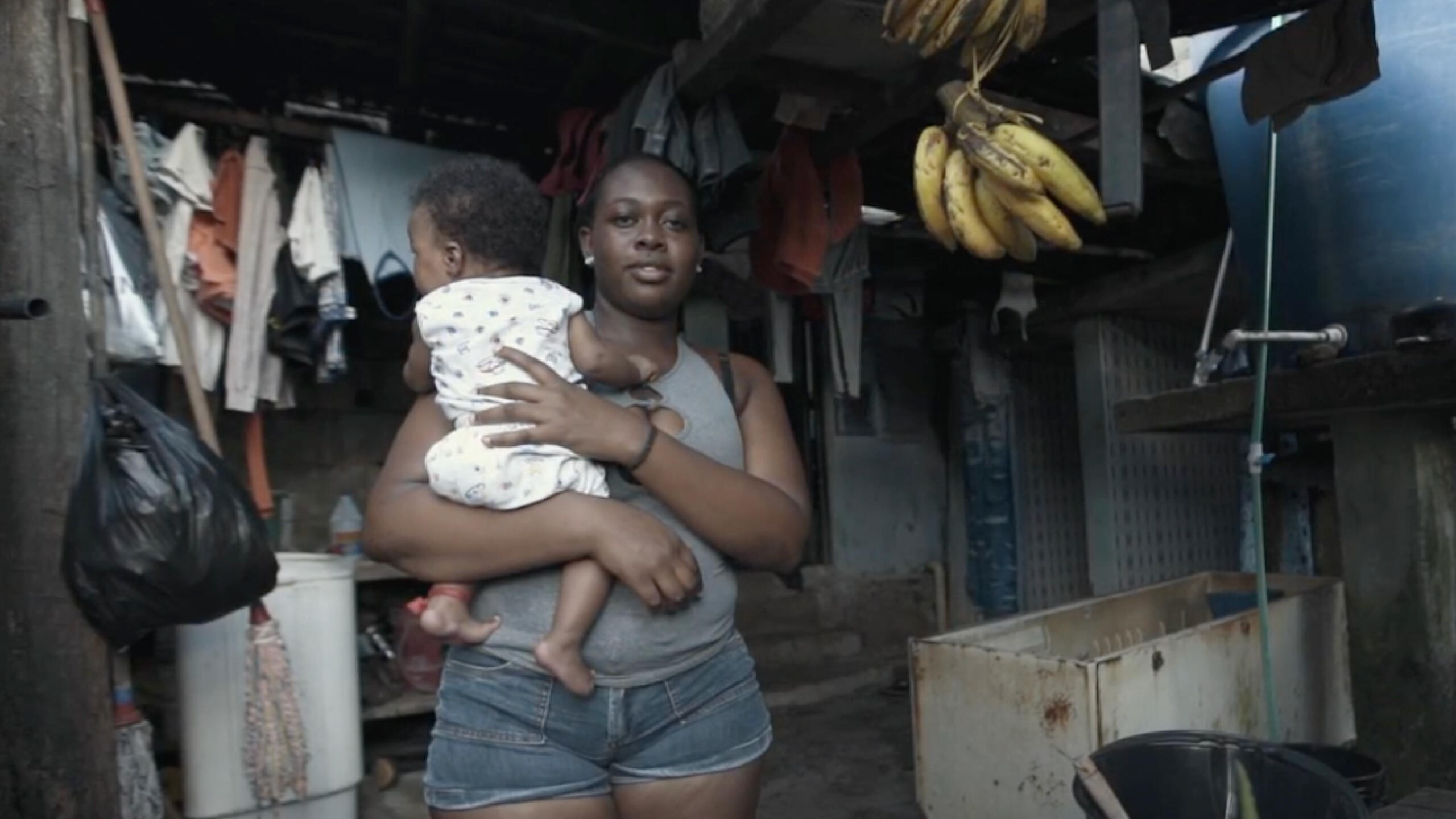
Feature link

Slide text
Innovations from around the world show us what’s possible when UNFPA teams up with governments, techies and frontline service providers to end gender-based violence.
Photo credit
© Vithika Yadav
Text orientation
Left
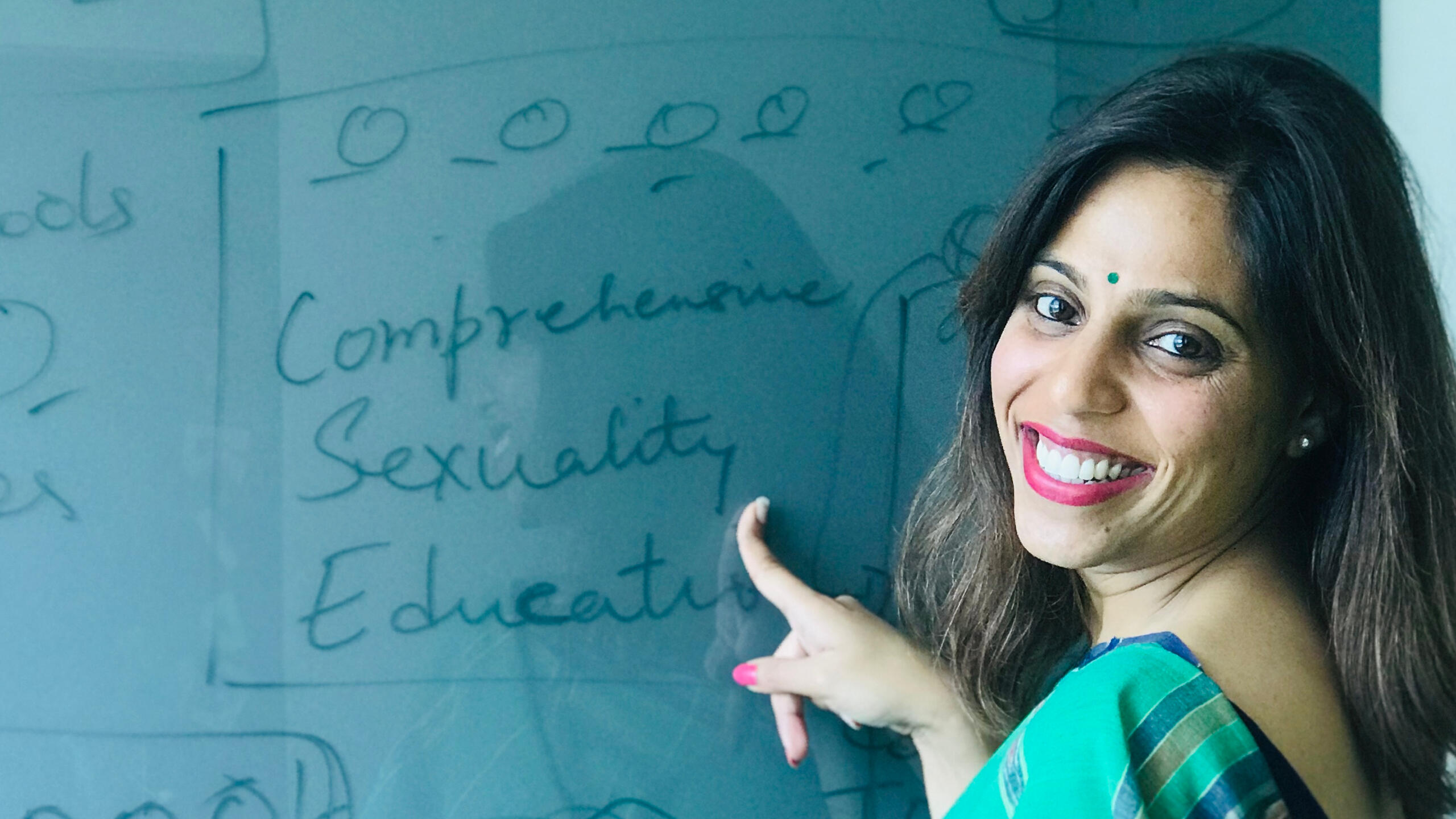
Feature link
Sub Title
Innovating to end violence
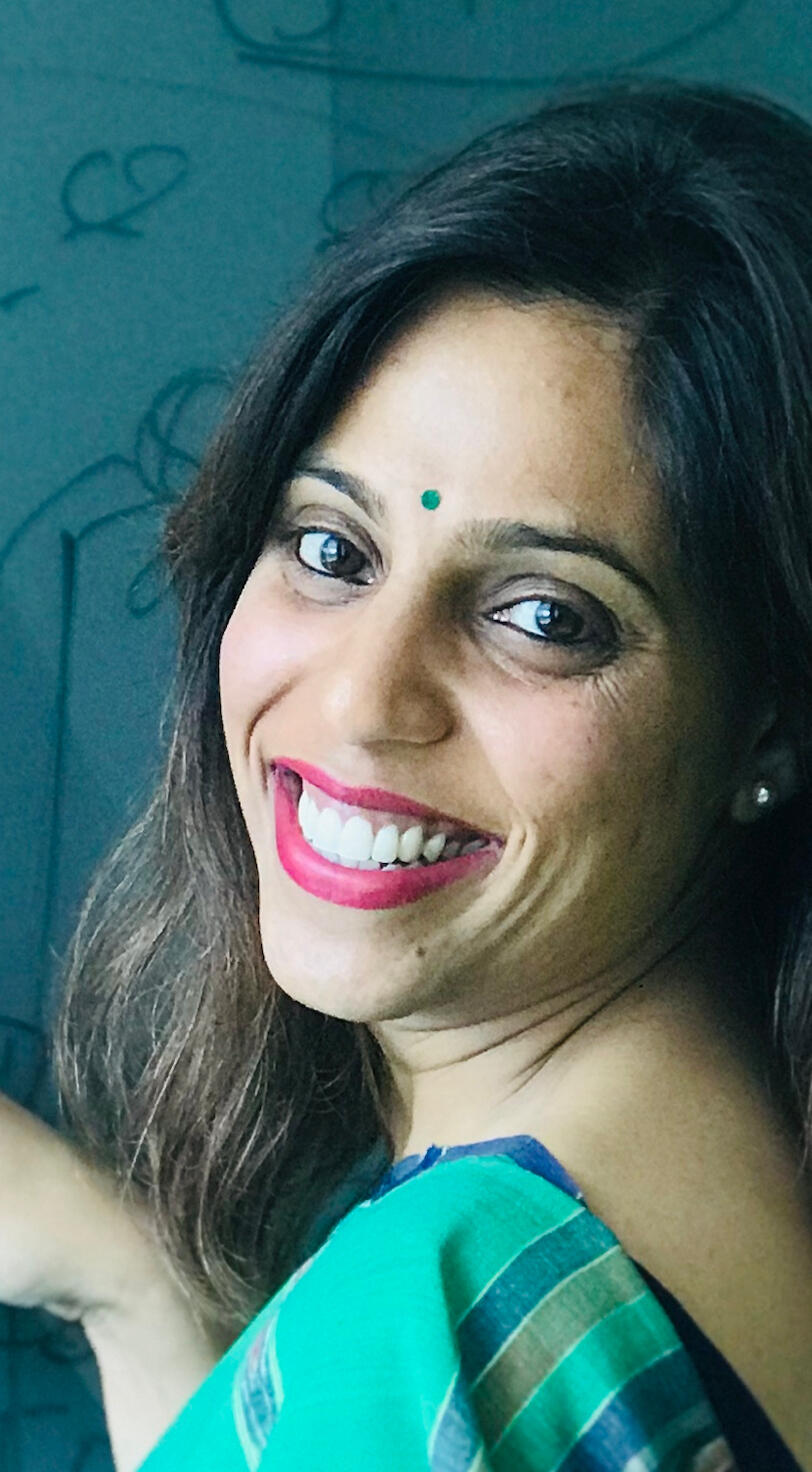
Slide text
Benin: UNFPA and Takeda have joined forces to fly medical supplies to women in remote communities.
Photo credit
© UNFPA Benin
Text orientation
Left
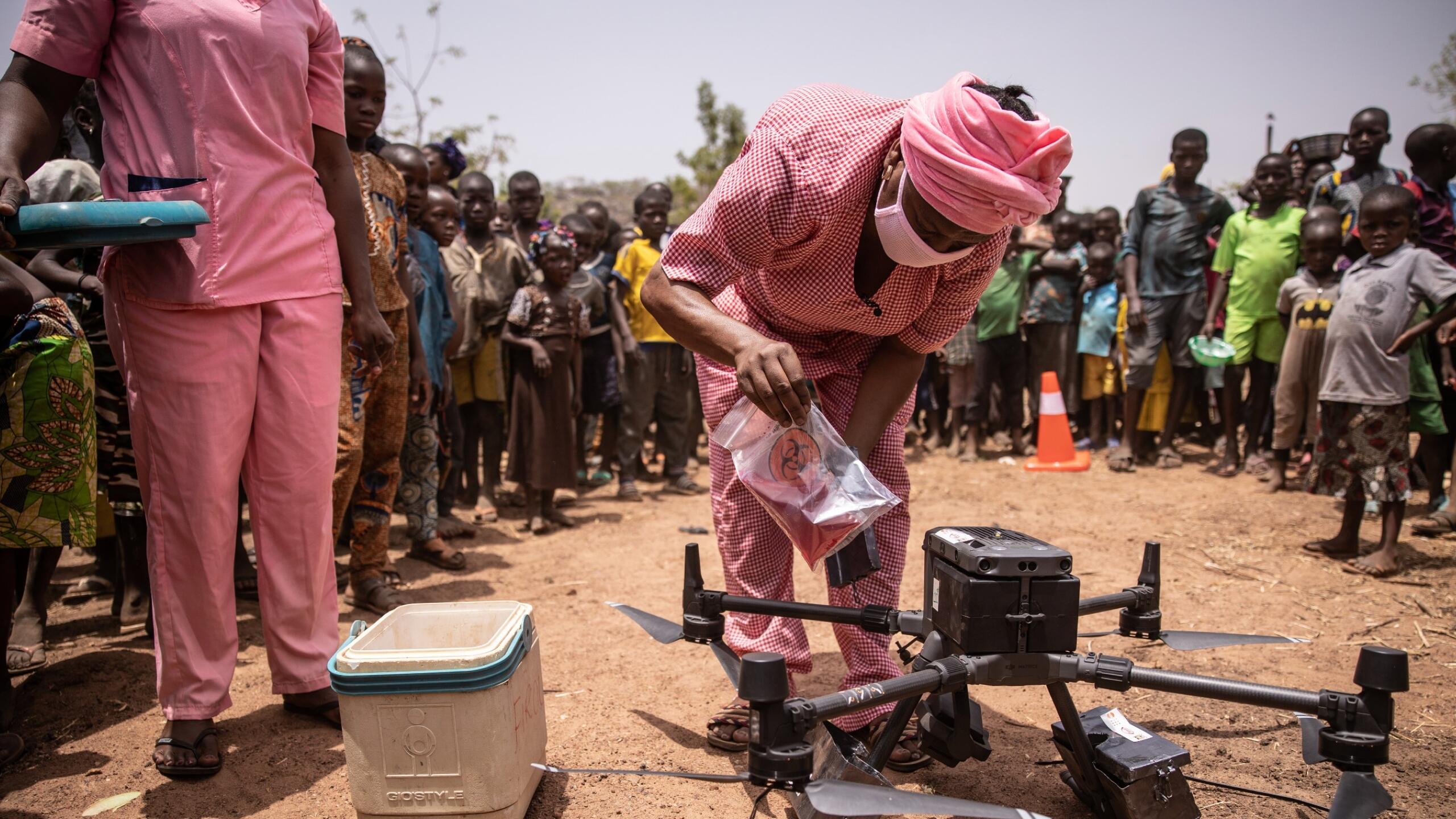
Feature link
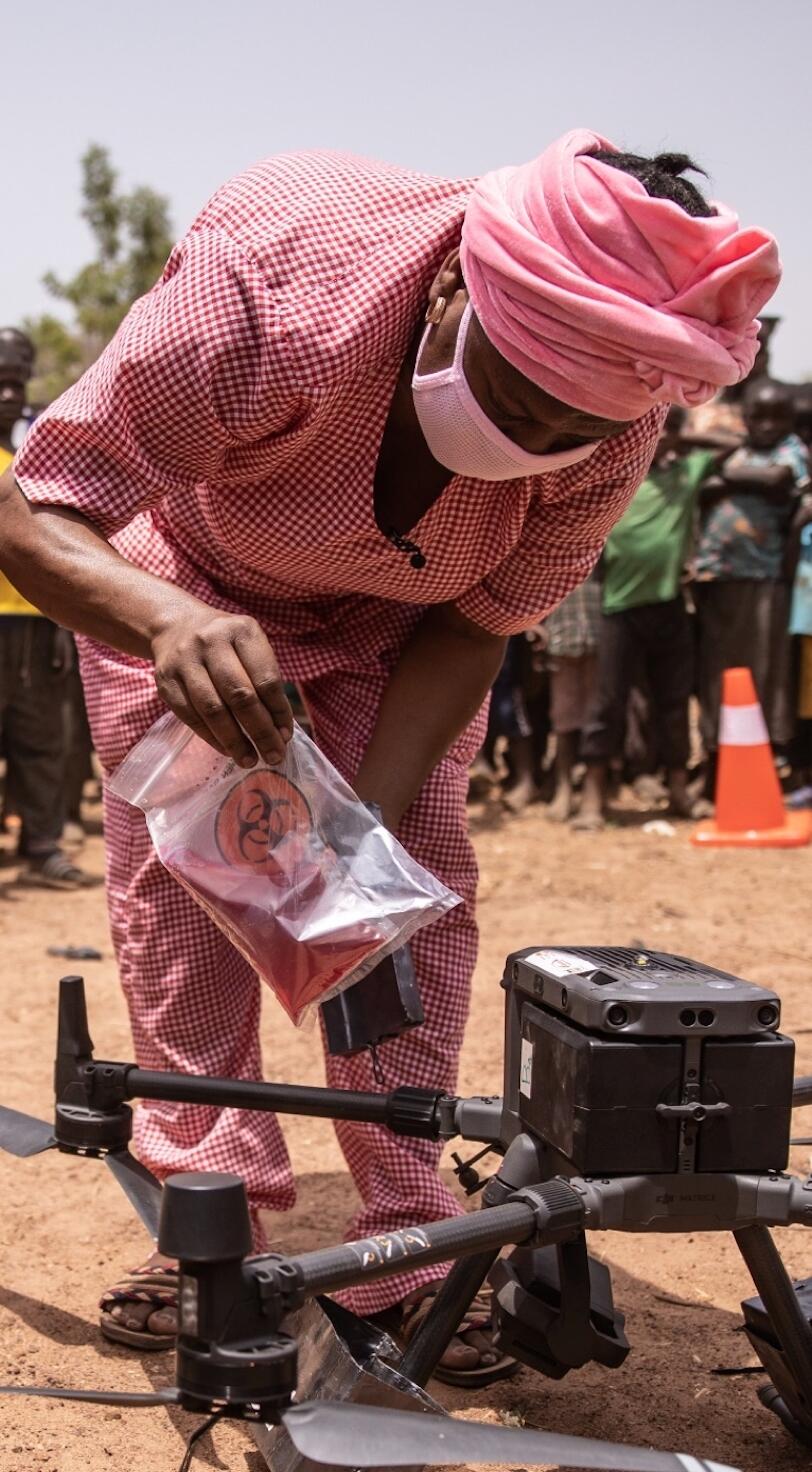
Slide text
China: UNFPA China’s pilot project on comprehensive sexuality education delivered an 8-session livestreamed course that followed international guidelines and helped teachers and schools with the support they needed. The first phase delivered the online course in 5 middle schools in Qinghai, Sichuan and Yunnan provinces. Xinzhi Hu and Xiaohong Shi were part of the team of experienced educators who presented the innovative course.
Photo credit
© UNFPA China
Text orientation
Left
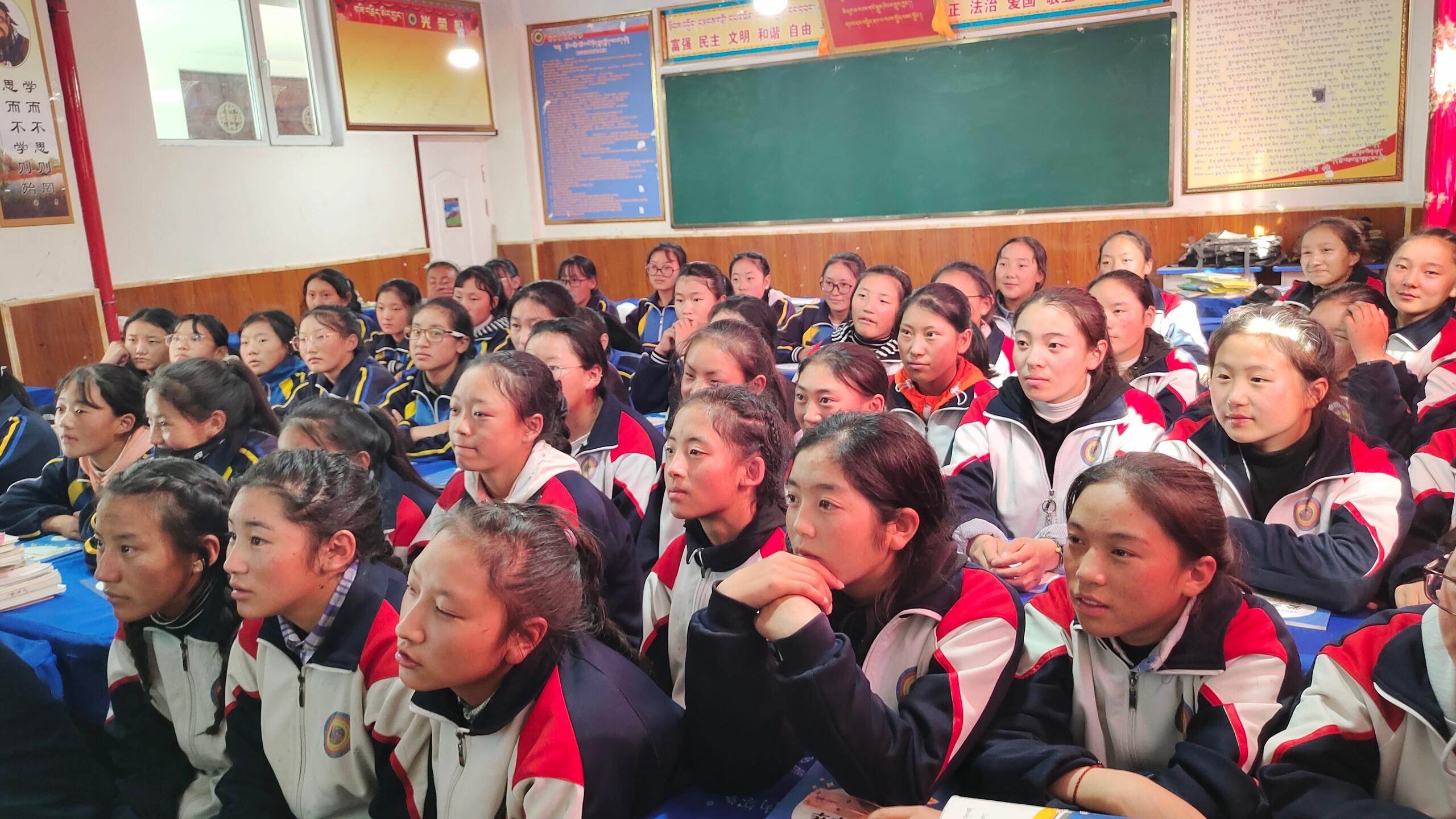
Feature link
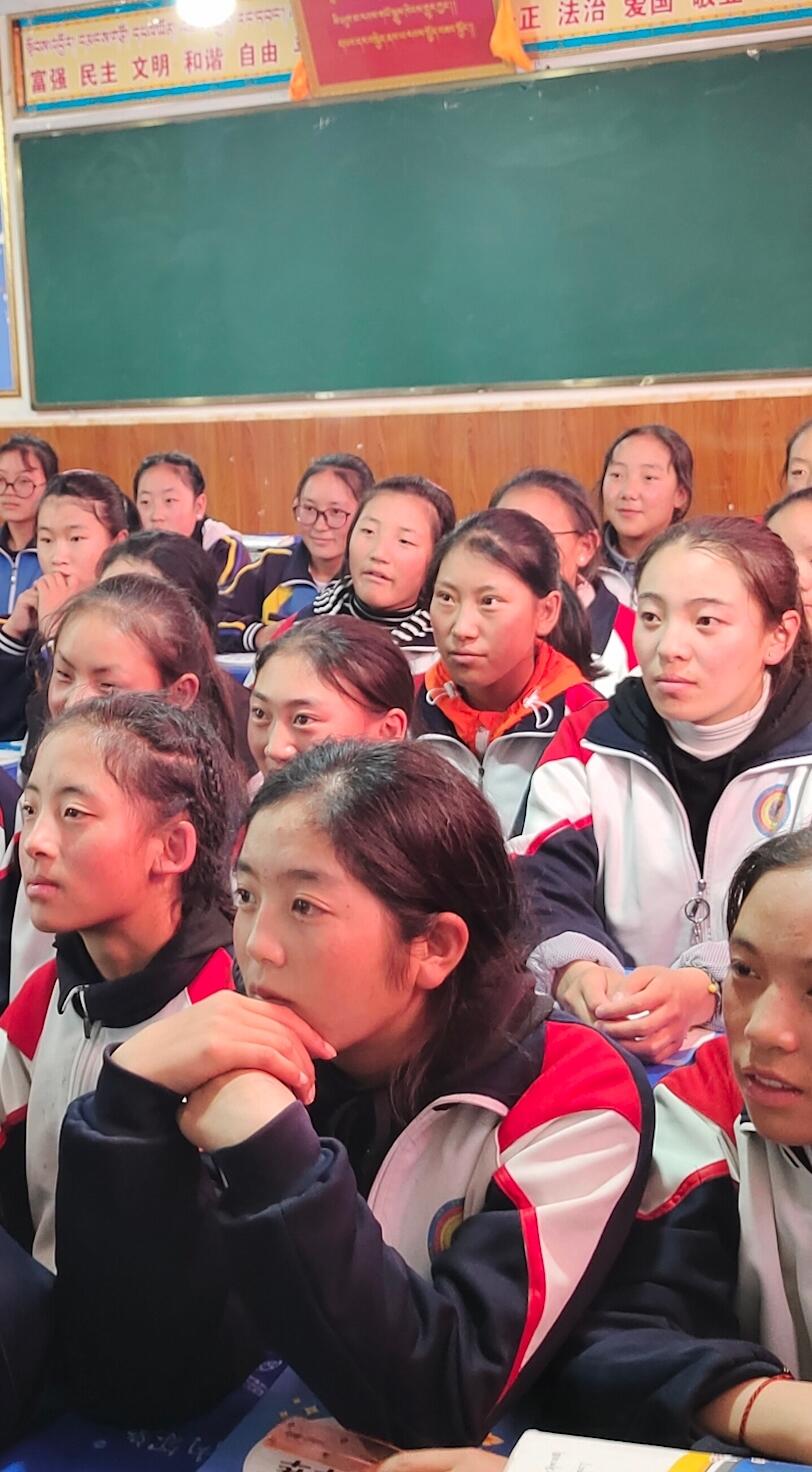
Slide text
Honduras: UNFPA and the government of Honduras produced a television series about teenagers’ sexual and reproductive rights. Ex Cosa D-2 is based on real-life stories of adolescents who suffered sexual violence and those who are unable to communicate with their parents about sex education.
The first season was broadcast by more than 70 channels nationwide and watched by over 1 million teenagers, while 4 million people engaged with it on social networks. Now for the first time in Honduras, a conversation is taking place on national television about contraceptive methods for adolescents and sexual and reproductive education.
The first season was broadcast by more than 70 channels nationwide and watched by over 1 million teenagers, while 4 million people engaged with it on social networks. Now for the first time in Honduras, a conversation is taking place on national television about contraceptive methods for adolescents and sexual and reproductive education.
Photo credit
© UNFPA Honduras
Text orientation
Left


Show feature
No
Related tags


Photo credit
© UNFPA
Feature link
Blurb
Around the world, people are finding new ways to remove the barriers to fundamental rights. By blending tech solutions with the wisdom and knowledge of UNFPA’s network of partners, these innovations are changing lives, at scale.
Workflow State
Published